9 Rare Ingredients That Cost More Than Gold
Think groceries are expensive? Take a look at these ingredients. Saffron, truffles, and caviar all rank among the most costly foods you can buy. Chefs and collectors chase them for their unique flavors, history, and rarity. They have been prized for centuries and have just recently found their way onto luxury menus. Their price tags often come down to how hard they are to find, the effort that goes into harvesting them, or a sudden spike in demand among food lovers.
Almas Caviar
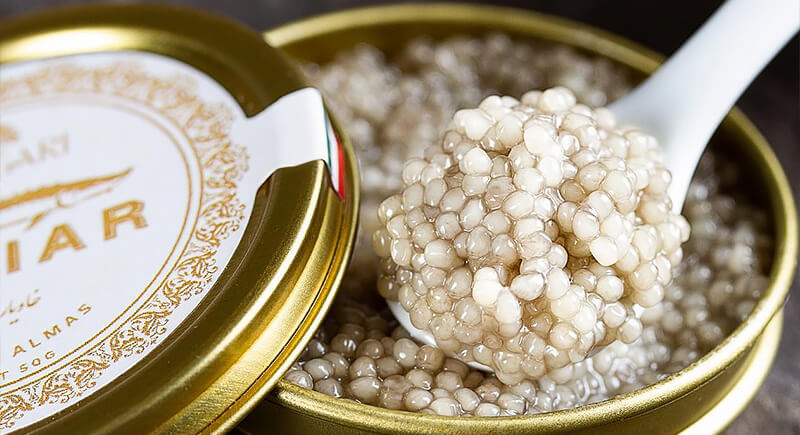
Credit: Instagram
Almas caviar is the platinum tier of roe, harvested straight from a 100-year-old albino sturgeon swimming in the Caspian Sea. It’s sold in 24-karat gold tins and goes for up to $25,000 for 2.2 pounds. The Iranian delicacy has become a prized possession in luxury markets, and it’s getting rarer as sturgeon populations dwindle.
White Alba Truffle
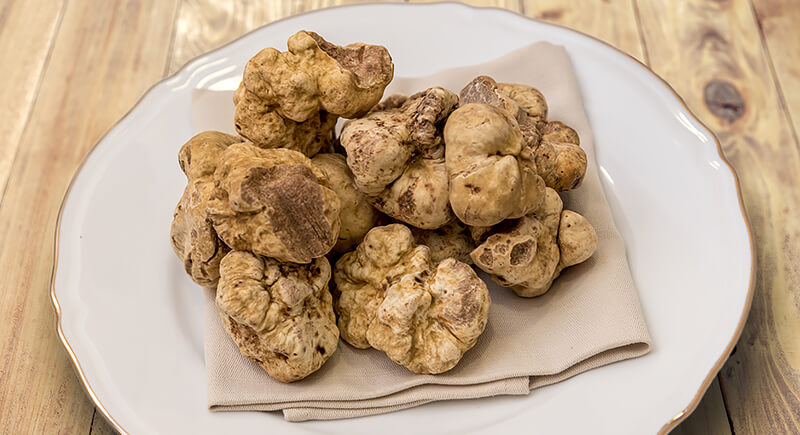
Credit: iStockphoto
White Alba truffles, found only in the damp forests of northern Italy during fall, are sniffed out by trained dogs (or pigs) and prized by chefs for their pungent, earthy aroma. A single large specimen once sold for $330,000 at auction. Seasonality, climate swings, and their refusal to grow on farms make them a fragrant, underground treasure.
Saffron
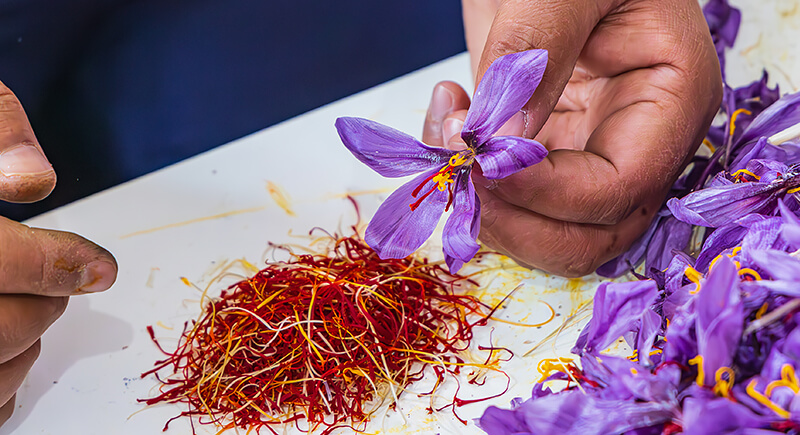
Credit: iStockphoto
Harvesting saffron is not for the impatient. It takes 170,000 crocus flowers with just three tiny stigmas to yield a single pound of this vivid red spice. Most of the world’s supply comes from Iran, where it can cost as much as $5,000 per pound. It’s used sparingly for its potent aroma and flavor.
Yubari King Melons
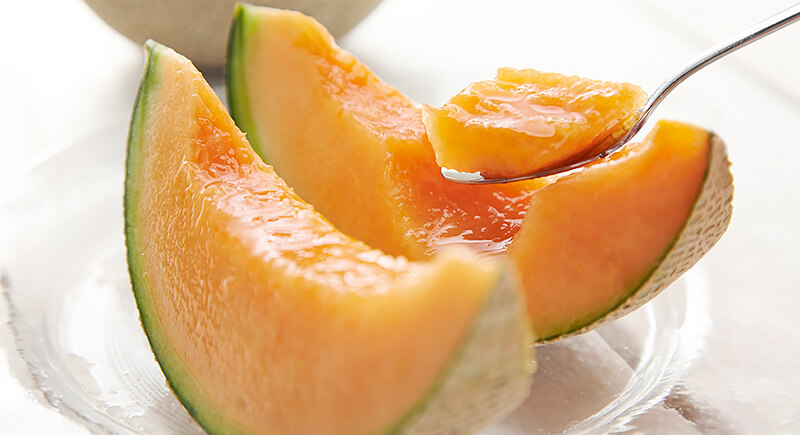
Credit: iStockphoto
Auction houses in Japan have seen Yubari King melons sell for over $26,000 a pair—and not just for the flavor. These perfectly round melons are grown exclusively in Hokkaido’s Yubari region, where they are pampered with meticulous care. Farmers trim the stems into neat T-shapes and shield the fruit from sun exposure to boost sweetness.
Swiftlet Nests
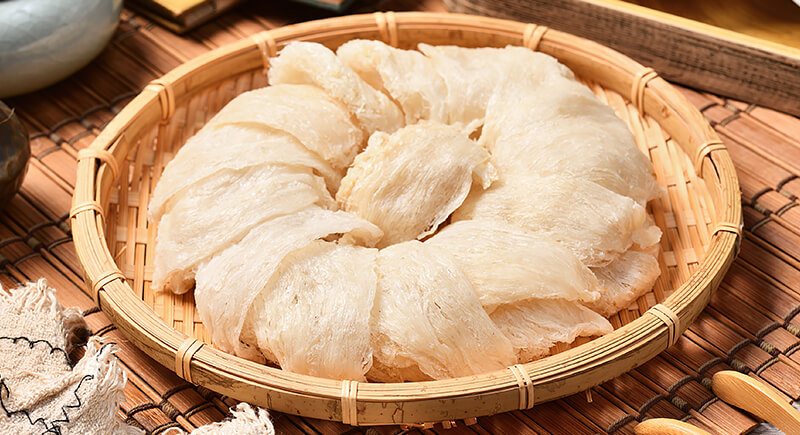
Credit: iStockphoto
Swiftlets build their nests using their own saliva, which hardens into a delicate structure later simmered into bird’s nest soup. These nests are found high on cave walls in Southeast Asia and are collected by climbers who brave treacherous heights. It’s considered a health tonic in Chinese culture since it’s rich in protein and collagen. Prices vary by type, but rare red nests can reach a staggering $10,000 per pound.
Aceto Balsamico Tradizionale
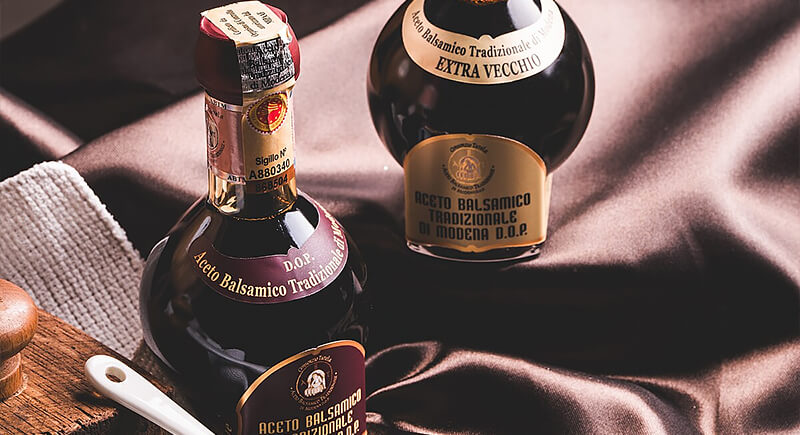
Credit: Wikipedia
In Modena, Italy, making true balsamic vinegar is a slow art. Trebbiano grapes are cooked down and then transferred through a cascade of wooden barrels (oak, cherry, chestnut) for a minimum of 12 years. You’ll get a thick, complex syrup with layers of sweet, tart, and woody notes. Certified D.O.P. bottles often cost $180 for just 100ml.
White Gold Caviar
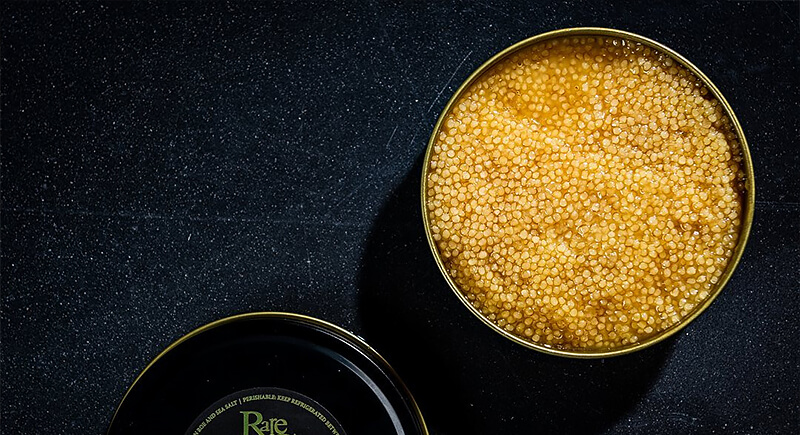
Credit: Instagram
Austria’s Gruell family developed this ultra-luxury delicacy from a rare albino sturgeon, infusing the roe with 22-karat gold dust. Some believe the gold in the ingredient boosts immunity. A single teaspoon costs about $40,000. Unsurprisingly, it is found only in top-tier restaurants in cities like Monaco and Dubai.
Kopi Luwak
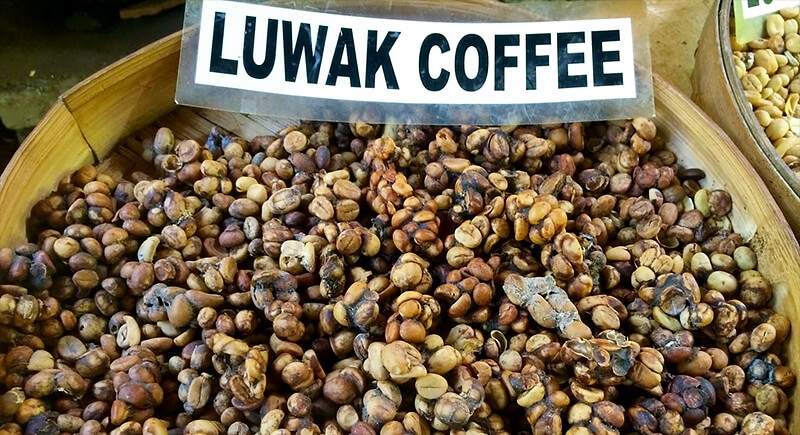
Credit: flickr
Before these coffee beans hit the roaster, they pass through the digestive tract of a civet cat. This Indonesian coffee, also known as Kopi Luwak, can cost $150 for 100 grams. The digestive enzymes are said to reduce bitterness and enhance flavor. Because wild civet-sourced beans are scarce, prices have soared, though controversy over animal welfare has sparked a shift toward ethical sourcing.
Moose House Cheese
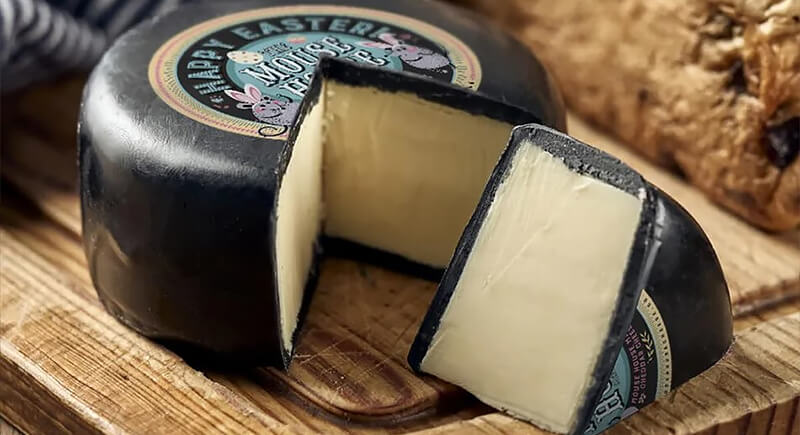
Credit: Facebook
This cheese is made on a Swedish farm with only three moose, Gullan, Haelga, and Juna, so it’s as niche as it gets. The moose are milked from May to September and produce enough milk for just 660 pounds of cheese a year. It’s sold at about $500 a pound and comes in three varieties, including a soft, feta-style version.
Ethical Foie Gras
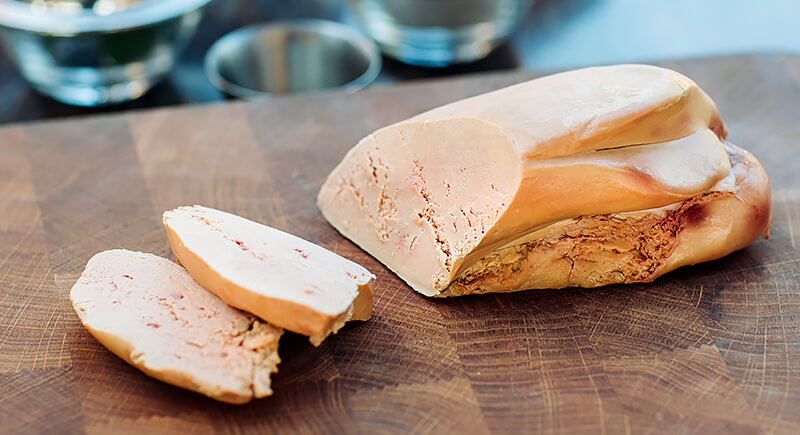
Credit: iStockphoto
Spain’s La Pateria de Sousa created foie gras that’s naturally developed without gavage. Their free-range geese fatten up before migration while yielding a liver that’s just as buttery and rich. The ethical twist has earned global praise and a premium price tag of up to $700 per 2.2 pounds.
Gooseneck Barnacles
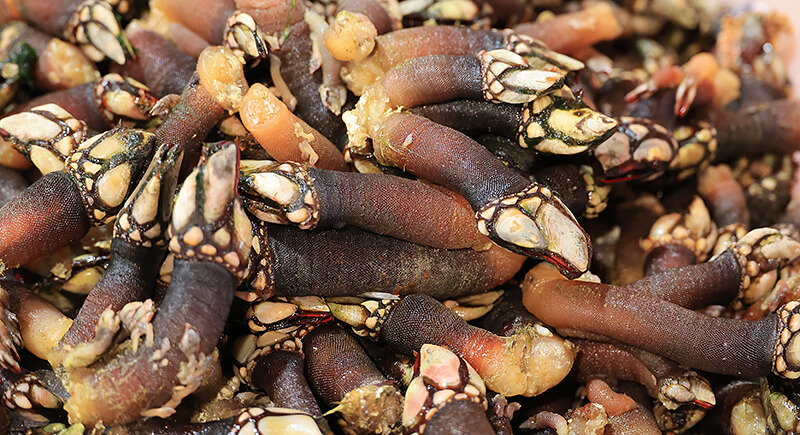
Credit: iStockphoto
They look like alien claws and grow only on wave-battered rocks in Galicia, Spain. Collecting them is so risky that fishermen are nicknamed “percebeiros” and sometimes need rescue crews. These barnacles taste like the ocean in concentrated form and sell for over $500. Despite their intimidating look, they’re a delicacy in coastal seafood circles.
Caciocavallo Podolico
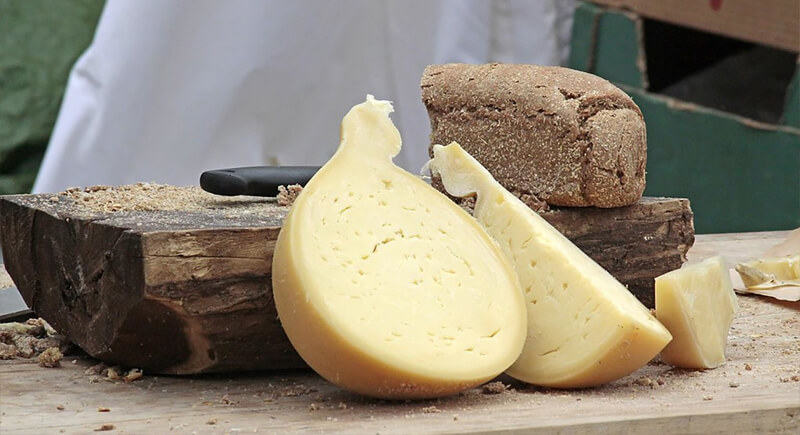
Credit: flickr
Only a small quantity is produced annually, and a pound can fetch about $63. Caciocavallo Podolico is a cheese made from the milk of rare Podolica cows in southern Italy. It’s aged in caves and shaped like a teardrop. The cows roam wild and graze on aromatic herbs, which gives the cheese its nutty flavor. It’s often compared to provolone.
Hawaiian Kona Nigari Water
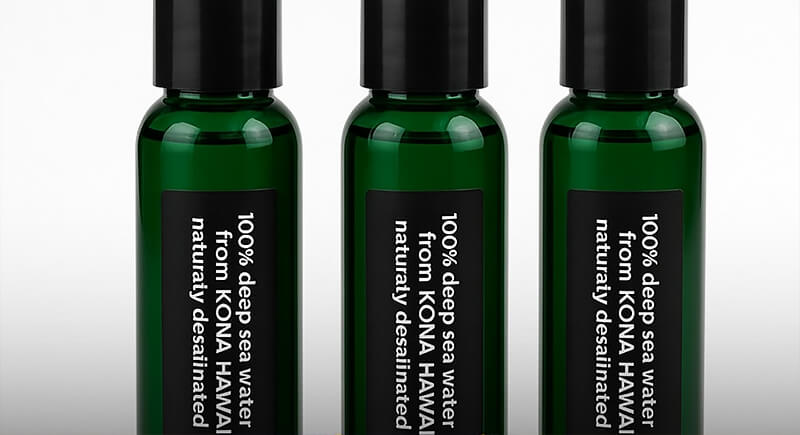
Credit: Facebook
This water comes from 2,000 feet beneath the Pacific near Hawaii. One 750ml bottle costs about $402. The desalinated deep-ocean water is concentrated with minerals and sold as a health drink. The Japanese market swears by its skin benefits and slimming effects. It’s meant to be diluted, which slightly softens the sticker shock.
Matsutake Mushrooms
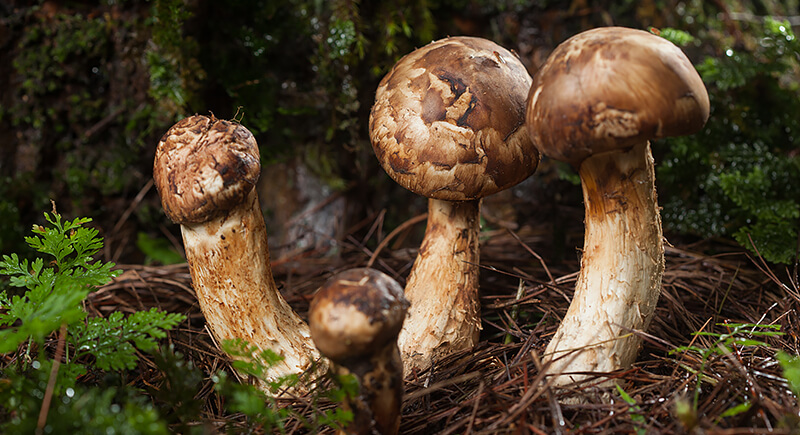
Credit: iStockphoto
Japan’s forests yield these spicy, pine-scented mushrooms in limited amounts each fall. Unlike other fungi, they resist cultivation and thrive only under specific conditions, often near red pine trees. With fewer than 1,000 tons harvested annually, the price can hit $900 per pound. In Japan, they’re considered a symbol of autumn..
Hop Shoots

Credit: flickr
Hop shoots come from the same plant used to make beer, but these leafy green tips are in a league of their own. Harvesting is tedious: each shoot must be located and snipped by hand, often hidden among dense growth. They’re seasonal, hard to find, and don’t store well, which keeps prices high. In some parts of Europe, they can cost over $1,000 per pound and are typically sautéed or added to gourmet pastas.